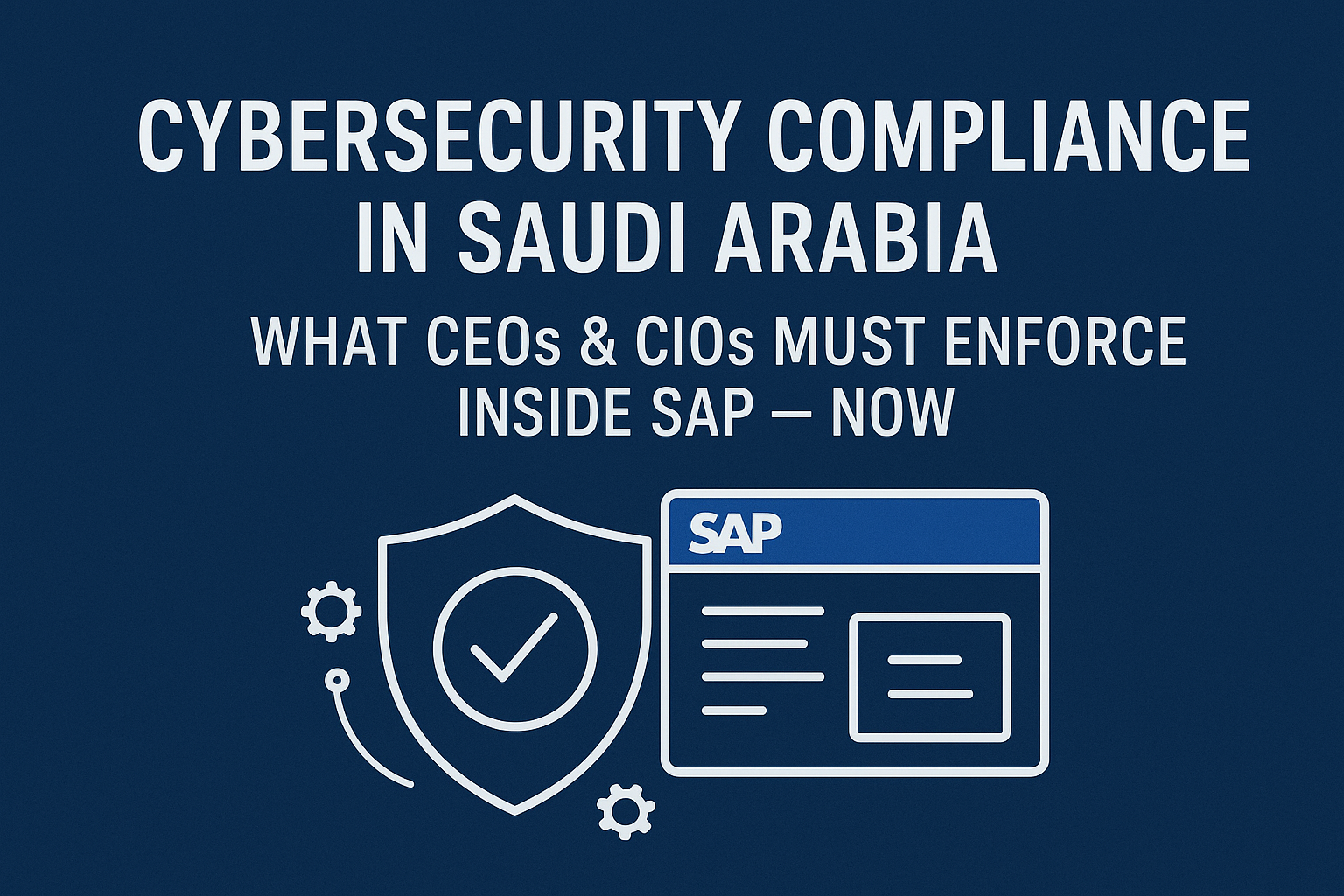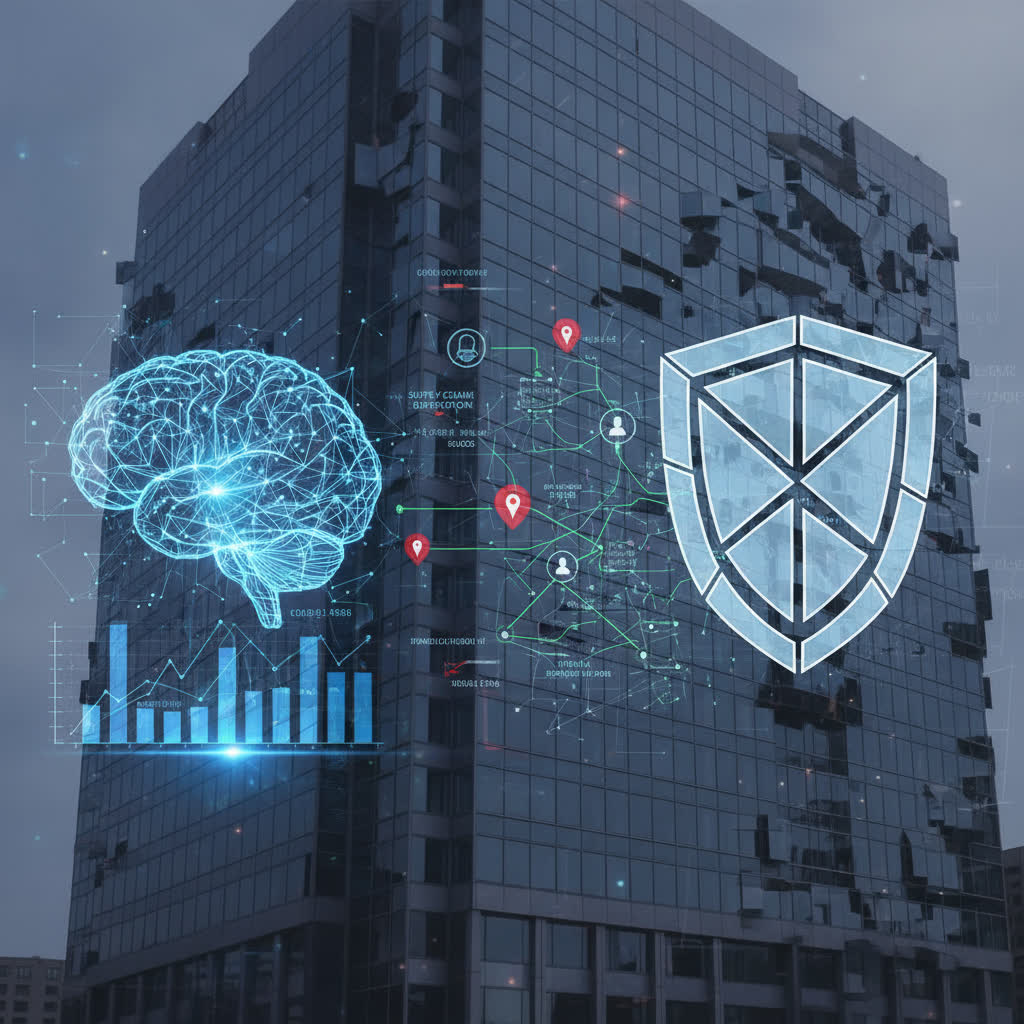Modern organizations rely on SAP systems for core business operations, making compliance with regulatory standards and data security paramount. The increasing complexity of SAP environments, paired with fast-evolving regulations like GDPR, SOX and ISO 27001, means that businesses must be proactive in identifying and addressing compliance risks. As reliance on digital infrastructure deepens, robust strategies to navigate SAP compliance challenges become indispensable. This high-engagement blog provides a detailed look at the most expert-driven approaches to overcoming some of the toughest SAP compliance obstacles, ensuring security, efficiency and regulated success, all while aiming to avoid unnecessary complications or costs.
Understanding the Compliance Challenge in SAP Environments
Businesses operating SAP solutions often face a complex web of legal, regulatory and operational requirements. Compliance frameworks may demand granular user access controls, precise audit trails, ongoing risk assessments and thorough documentation at every level. When combined with frequent system updates, mergers or data migrations, these demands introduce substantial difficulty in maintaining compliance and transparency. A single oversight can result in data exposure, failed audits or heavy penalties. Effectively managing these risks means not only understanding the scope of each regulation but also selecting intuitive, responsive strategies for system configuration and access control that can respond to changes without introducing vulnerabilities.
Risk-Based Approach to SAP Audit Management
Why Risk Assessment is Foundational
SAP audit processes should be rooted in a detailed understanding of where risk actually resides within a specific environment. Generic methods often miss the nuances of organizational structure or business-specific processes. By introducing risk-based assessments, businesses can prioritize controls around sensitive data and critical business functions. This ensures that audit resources are allocated where they matter most. Audit tools built around automated risk indicators not only surface hidden vulnerabilities but also support continuous monitoring, allowing companies to respond in real time to emerging threats or noncompliance. Risk-based audits, with a focus on actionable findings, provide real assurance to auditors and internal stakeholders alike.
Effective Authorization Management and Access Controls
Preventing Privilege Creep and Segregation of Duties Issues
Authorization management is the cornerstone of SAP security and compliance. Over time, as users shift roles or assume additional responsibilities, privileges can quietly accumulate, creating migration pathways for costly data breaches or unauthorized activity. Addressing this requires a dual focus: Regular reviews of user roles to identify and revoke unnecessary permissions, and the use of robust role-based access control policies. Implementing Segregation of Duties (SoD) controls is also essential to ensure that no individual has end-to-end authority over critical transactions, which would otherwise introduce risk or provide easy targets for fraud. Automated tools for monitoring and adjusting authorizations simplify both recurring reviews and remediation efforts, closing common compliance gaps.
Navigating GDPR, SOX and ISO 27001 Requirements
Building a Culture of Data Privacy and Security
Legislation such as GDPR, SOX and ISO 27001 bring extra scrutiny to SAP systems because they handle vast quantities of personal, financial and operational data. To address these mandates, organizations must establish clear records of how data is processed, who has access and what controls are enforced at every access point. Maintaining an up-to-date inventory of data processing activities, encrypting data at rest and in transit, and leveraging audit logs for every user action create a culture of transparency. Employee training is also important, as compliance depends in part on human vigilance. By treating regulatory requirements as opportunities to reinforce best practices rather than simple checkboxes, companies remain agile in the face of audits or external inquiry.
Automated Solutions for Proactive Compliance
Continuous Monitoring and Efficient Incident Response
Technological advancement in SAP audit solutions has empowered organizations to proactively detect and resolve issues before they grow into severe compliance gaps. Automated platforms can monitor hundreds of transactions and system changes per second, identifying suspicious patterns or unauthorized modifications as they occur. These real-time alerts enable compliance teams to act on incidents quickly, minimizing potential fallout. Automated remediation steps, such as forced password resets, session isolation or privilege removals, reduce manual workload and prevent simple errors from slipping through the cracks. Investing in automation not only improves compliance but also delivers long-term cost savings by reducing the need for large, reactive audit teams or expensive remediation efforts after the fact.
Role of Specialized Expertise in Complex Compliance Projects
Combining External and Internal Insights for Lasting Impact
Managing intricate SAP audit and compliance demands typically requires specialized experience, particularly during major transitions like S/4HANA migration or industry-specific regulatory changes. Tapping external advisors with deep SAP and audit knowledge can provide valuable additional perspective and ensure that compliance strategies are fit for purpose. External experts partner with internal teams to bridge knowledge gaps, design tailored controls and address unique business needs without overextending resources. Relying on a blend of independent expertise and internal understanding ensures that compliance initiatives are future-proof, scalable and aligned with ongoing business transformation. This partnership-centric strategy also delivers lasting resilience by supporting knowledge transfer to internal stakeholders.
Preparing for Tomorrow’s SAP Compliance Landscape
As regulatory demands and technological capabilities change, so should compliance strategies in SAP environments. Futureproofing a compliance program means committing to regular policy review, simulation of potential regulatory impacts and investment in adaptive training for technical and business staff. This ongoing adjustment is most successful when supported by advanced SAP audit tools that offer forward-looking analytics and predictive capabilities. Preparing for new risks—such as artificial intelligence governance or automated decision auditing—can be achieved by staying connected to compliance communities and regulatory advisories. The capacity to adjust quickly, without sacrificing accuracy or cost efficiency, will separate thriving organizations from those left reacting to external pressures.





